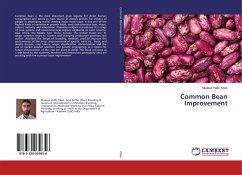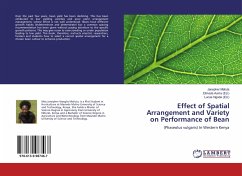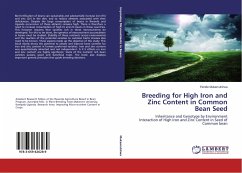Common bean is the most important grain legume for direct human consumption and serves as main source of dietary protein for millions of people in developing world. Among major food crops, it has one of the highest levels of variation in growth habit, seed characteristics (size, shape, colour), maturity and adaptation. Phaseolus vulgaris is produced in a range of crop systems and environments in regions as diverse as Latin America, Asia, Africa, the Middle East, China, Europe, the United States etc. To adapt common beans to current and changing production practices, the author describes the range of breeding methods used to improve the performance of the crop. Improvements of specific traits viz., biotic and abiotic stresses, crop history, origin, classification, domestication and the use of marker assisted selection and genetic engineering as a means for future enhancement of the crop are given in detail. This book will serve as a text book to the students, teachers and researchers particularly who are working with the common bean improvement.
Bitte wählen Sie Ihr Anliegen aus.
Rechnungen
Retourenschein anfordern
Bestellstatus
Storno








